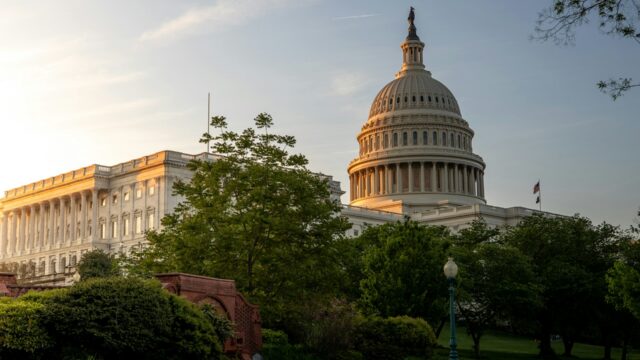Proposed cuts to CDC’s FY25 budget would be devastating to US communities
July 2024

BCHC urged the House Committee on Appropriations Subcommittee to reject the proposed $1.8 billion in cuts to CDC, including the elimination of the Injury Center.
BCHC thanks the House on Appropriations Subcommittee for their continued leadership and past support for our nation’s public health workforce and systems. Sustained annual funding is necessary to build public health capacity for the next health emergency, as well as the everyday work that keeps communities healthy and safe. Further, we greatly appreciate the Committee’s recognition of the important work local health departments do and the need to support these efforts with the inclusion of report language encouraging CDC to require states to fund local health departments and publicly track how funds are passed through in the accompanying report. These are critical efforts to strengthen public health, and we strongly support their inclusion.
The proposed cuts to other CDC programs in the House mark of the FY25 Labor-HHS-Education appropriation bill, including wholesale elimination of some program lines, will endanger the public’s health and hamstring local health departments from doing critical activities. We are incredibly concerned about the complete elimination of CDC’s Injury Center, including the Opioid Overdose Prevention and Surveillance program. This program is one of few federal resources that flow directly to local communities to address overdose, which is the leading cause of death for Americans ages 18-44 and one of the leading causes for Americans 45 and older. These programs are working as CDC recently reported a 7 percent decline in overdoses from February 2023 to 2024.
We are incredibly concerned about the complete elimination of CDC’s Injury Center, including the Opioid Overdose Prevention and Surveillance program. This program is one of few federal resources that flow directly to local communities to address overdose.
Maintain Critical Local Health Department Programs
CDC’s funding to health departments through the Overdose Data to Action (OD2A) program is a critical resource for prevention of opioid and polysubstance use funding most states and 40 local health departments. Local health departments use these resources to invest in programs that prevent substance use disorders (SUDs) and their co-occurrence with other behavioral health and infectious disease conditions; Distribute naloxone and fentanyl test strips; and follow up with non-fatal overdose survivors. Further, local health departments expand health care providers’ capacity to offer evidence-based screening, treatment, and recovery services; provide health services to those with SUDs who are incarcerated, experiencing homelessness, and/or pregnant/new to parenting; and connect the public at large to safety net and addiction treatment services as needed. Local health departments also use these funds to track fatal and nonfatal overdoses. Another important role for local health departments is cross-sector planning, implementation, and evaluation. This includes convening and leading cross-government planning; implementing cross-sector policies and interventions (e.g., naloxone distribution in shelters); coordinate and engagement of health care systems; and training and TA to first responders; and evaluation of the impact of local interventions. All of this important work that is critical to saving lives in local communities would be severely curtailed or eliminated if CDC’s OD2A funding is zeroed out.
Maintain CDC’s Expertise and On-the-Ground Assistance
Local health departments and policymakers rely on CDC’s data on the overdose epidemic. CDC collects essential data and information on both fatal and nonfatal drug overdose that guide national, state, and local efforts to prevent future overdoses. This also includes tracking the changing nature of the opioid epidemic and the drug supply. For example, with date from health departments CDC reported on the early emergence of xylazine, tracked the re-emergence of carfentanil and newer opioid threats, a significant increase in overdoses linked to non-opioid illicit pills containing fentanyl, new fatal overdose patterns combining opioids and stimulants, and the emergence of smoking as the leading route for fatal overdoses.
Further CDC staff support local health departments through emergency epidemiologic assistance and expertise from the Epidemiological Intelligence Services to investigate drug overdoses complicated by a dangerous illicit drug supply.
Shifting Resources to SAMHSA is Not the Answer
SAMHSA funding reaches primarily states and primarily state substance use programs. These resources don’t necessarily reach the ground in communities. CDC maintains strong working relationships with local health departments that are trusted partners in working with communities, health care providers, and local law enforcement, prisons, and jails. While health departments coordinate with behavioral health agencies, the work they do is not the same. Shifting funds to SAMHSA would likely result in eliminating most funding to health departments, leaving communities vulnerable to drug overdoses and severely limiting the collection of data necessary to track overdoses and identify changes in the drug supply.
Read the letter
Download now Read the letter

